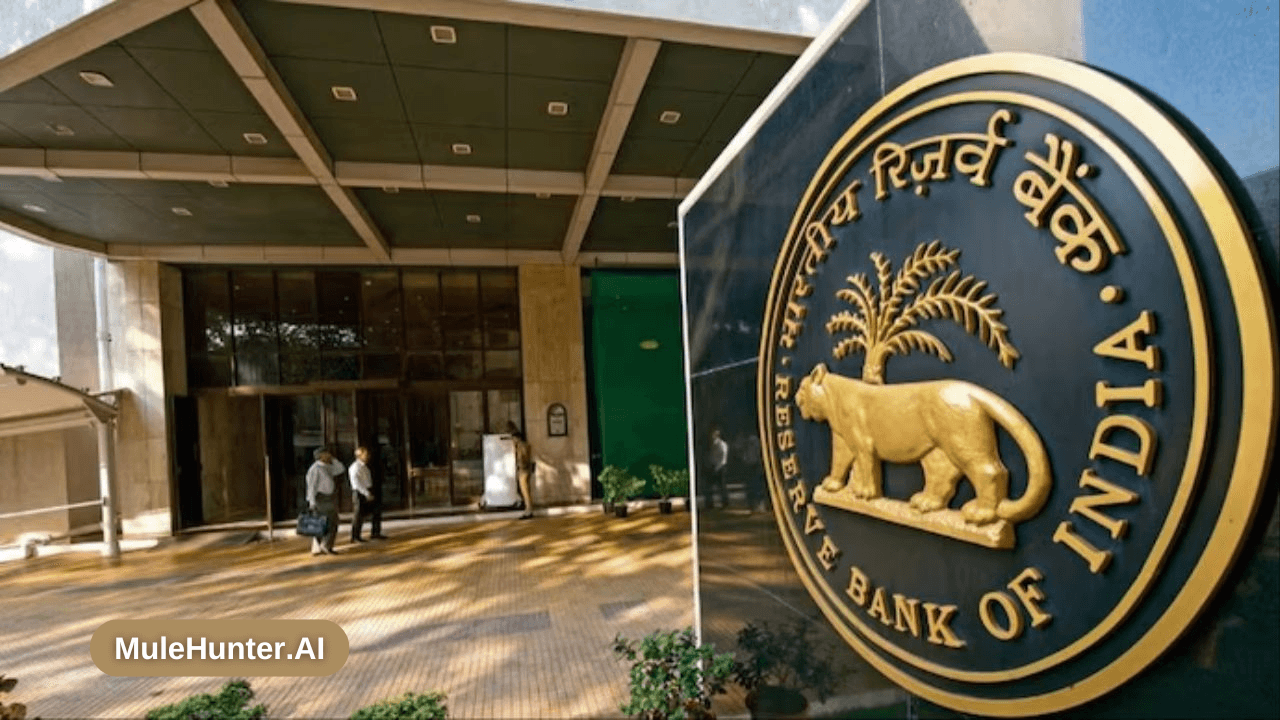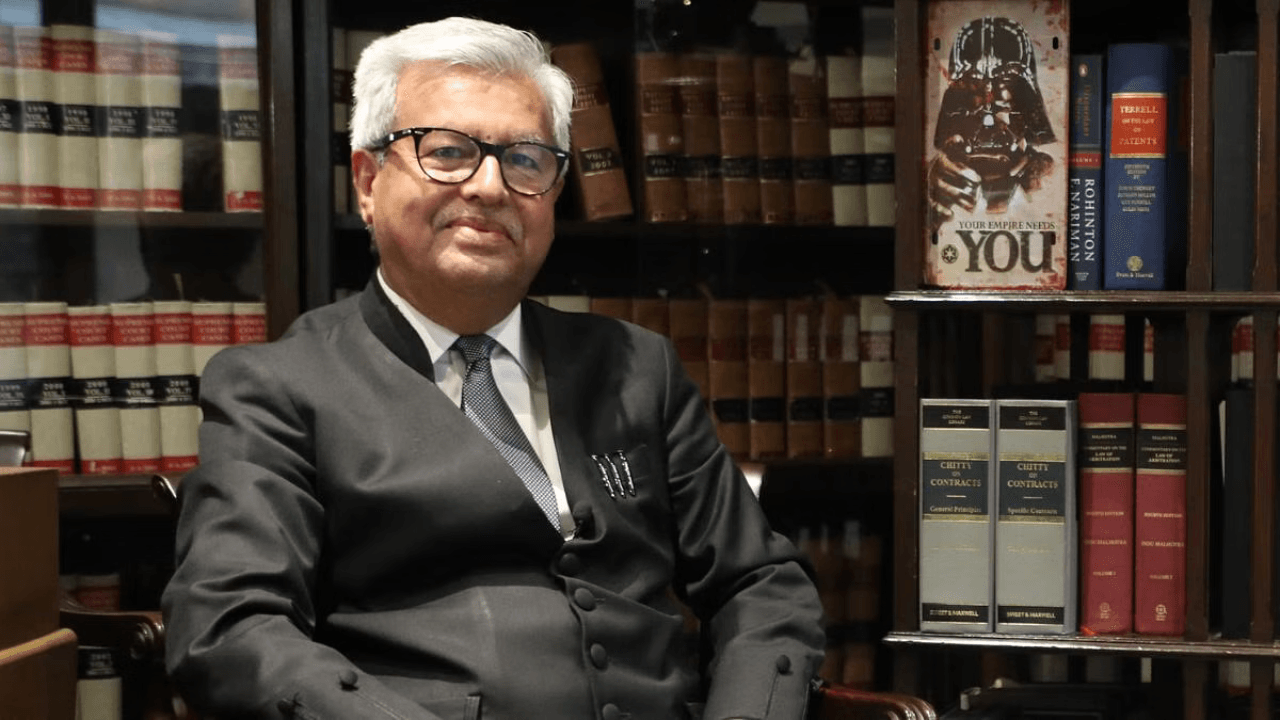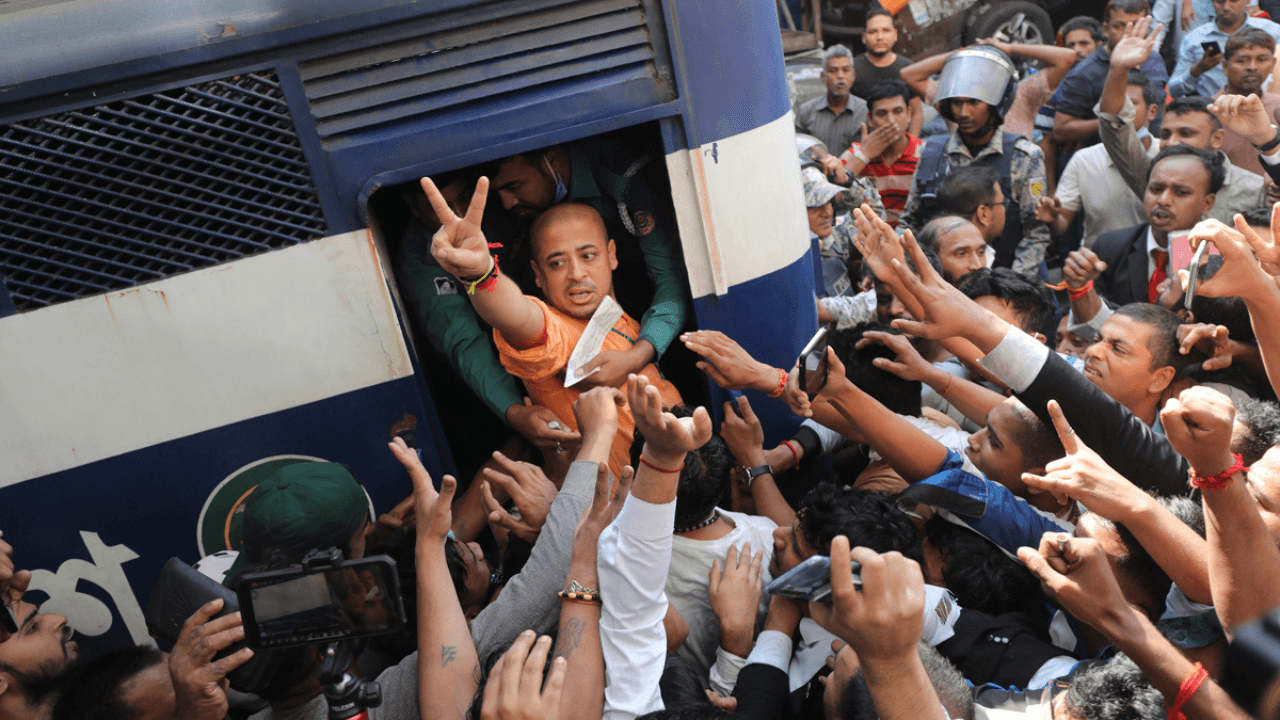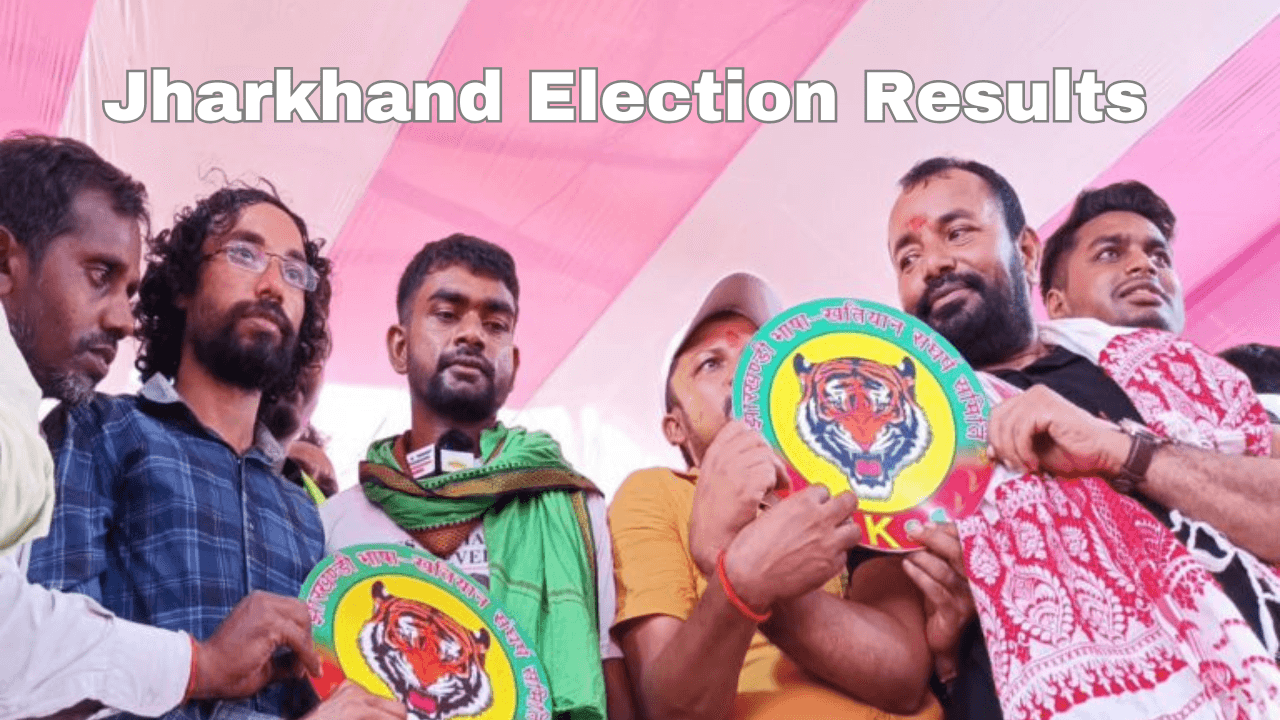In the picturesque hills of Kishtwar district, among Buddhist-dominated villages Hangoo and Loosani. Two hamlets craving for development. The absence of electricity has been a pressing issue for these communities. Tsering Dorjay, a JNU PhD scholar and Hangoo resident, highlighted the challenges they faced
day to day.
Sudhir Sharma, an executive engineer from the local electricity department, acknowledged the difficulty in supplying electricity to Hango village due to its remote and challenging terrain, requiring a 30 km walk. Despite ongoing efforts to install an electric transformer over the past year, electricity remains elusive. Sharma noted that electricity consumption in these areas during winter is eight times higher than in other parts of India, in terms of kilowatt usage. To mitigate this, solar electric supply has been provided since 2018. However, road clearance remains a major obstacle, necessitating forest department clearance to construct roads in these areas.
During investigations, Gopal Sharma, another executive engineer of Kishtwar division was found to have misled about his transfer from his position four years ago. Sudhir confirmed that he was not transferred. When questioned, Gopal about electricity supply to the village four years back, he said there was no electricity at that time.

Phuntsok Norbu, an undergraduate student from Hangoo, admitted to the installation of electric transformers a year ago but lamented that electricity is still pending, speculating that the ongoing Lok Sabha elections may cause further delays. He suggested contacting village Sarpanch and BJP leader Jagmad Norbu for more information on the matter.
During a telephonic conversation Jagmad mentioned that he had discussed these issues with the District Collector, who assured him of swift resolution. However, he expressed disappointment over the slow progress despite raising these issues for an extended period. He clarified that while three nearby Hindu-dominated villages have electricity, the remaining seven, predominantly Buddhist, are still waiting for electrification. When asked about any religious bias by officials for providing electricity, he denied such claims, stating that the electrified villages were simply prioritized based on infrastructure needs.
When inquiring about road connectivity, he said that they have to walk 13 km to reach his Tahsil. From there, road connectivity and transport facilities are available. He rejected the claim of executive engineer Sudheer Sharma’ 30 km track for hurdles of electricity supply. To cross-check the claim of Sarpanch; tried connecting district collector office of Kishtwar. Despite calling numerous times, the phone remained unanswered.

Despite these challenges, Tsering Dorjay remains optimistic, stating, “My education has given me a platform to speak out about the challenges we face.” He emphasized the need for government intervention to fulfill promises of basic infrastructure like electricity, along with opportunities for education and economic development.
As the sun sets over the hills of Kishtwar district, Hangoo and Loosani and the other five hamlets remain in darkness, symbolic of the struggles faced by rural communities in India. Dorjay’s story embodies the resilience of a community determined to be heard, urging authorities to prioritize the needs of marginalized communities for a more inclusive and equitable society.












